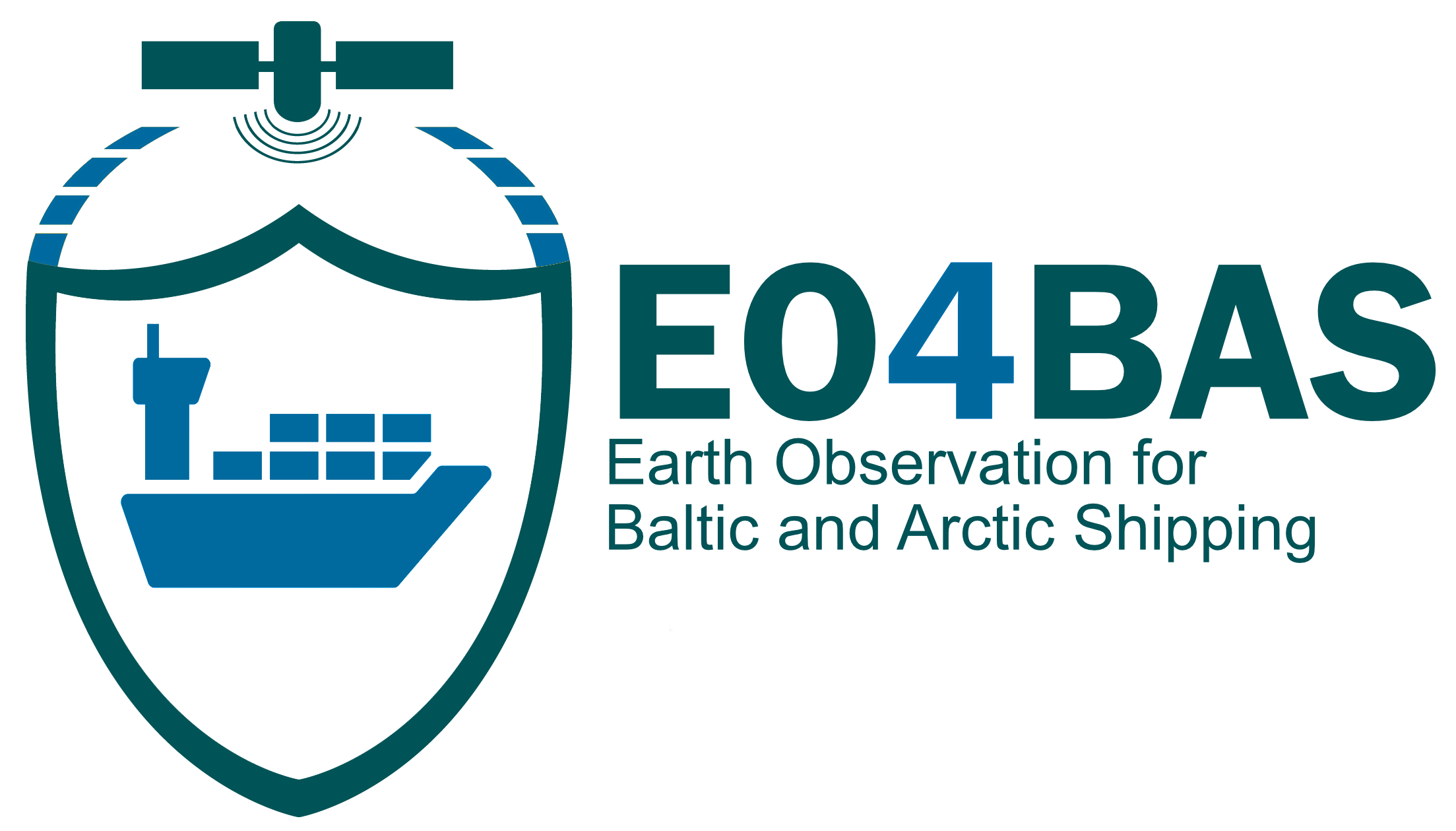EO Products / Ice season length
Linear trends in sea ice concentration during 1979–2023 (% per decade) for March (Left) and September (Right). Blue shadings indicate a trend towards more sea ice and red shadings a trend towards less sea ice. The dashed black lines show the position of the respective median ice edges for March and September during the 1991–2020 reference period. The dotted pattern denotes areas where the trends are statistically significant[4]. Data sources: OSI SAF Global Sea Ice Concentration v3.0; C3S Sea Ice Edge v3.0. Credit: C3S/ECMWF/EUMETSAT/MET Norway.
Source: https://climate.copernicus.eu/climate-indicators/sea-ice
Product Description
Sea ice opening, retreat, advance, and closing are identified from the time series of daily sea ice concentration maps (SIC). Due to the large area to be monitored, the data used for these estimates comes from SICs estimates by satellite passive-microwave data (as from SMMR, SSM/I and SSMIS) available at the NOAA/NSIDC SIC climate data record (CDR) and SICs estimates by models, as the ARCTIC_ANALYSIS FORECAST PHY_ICE_002_011 product available at the Copernicus Marine Service (see the SIC section of this document). Previous studies used SICs at 25 km resolution from MW radiometers produced by the NASA Team and Bootstrap algorithms (Bliss et al., 2019; Parkinson, 2014). The extraction of the Ice Season Length requires some geo-spatial processing in agreement with the standard adopted in previous literature.
Product Specifications
BUSINESS PROCESS | SD, SC, IN |
DESCRIPTION | Ice sea season length is the duration/ period in which icy or freezing conditions lead to the formation and persistent sea ice cover. |
EO INFORMATION OF INTEREST | Sea Ice Concentration from satellite microwave passive radiometers data |
MAIN PROCESS STEPS | Sea ice concentration is computed from atmospherically corrected brightness temperatures, using a combination of state-of-the-art algorithms and dynamic tie points. It includes error bars for each grid cell (uncertainties). |
INPUT DATA SOURCE | SMMR, SSM/I and SSMIS passive microwave sensors |
SPATIAL RESOLUTION AND COVERAGE | 25 km x 25 km grid over north and south Polar Regions (above 31°N and below 39°S) |
ACCURACY / CONSTRAINS | Not specified |
LIMITATIONS | Not specified. The interpretation of data can indeed be challenging, especially when handled by personnel without extensive experience in the field. |
TEMPORAL RESOLUTION | from 1978 – present, daily and monthly products |
FREQUENCY | Preliminary data updated daily, final data updated annually |
DELIVERY / OUTPUT FORMAT | NetCDF |
ACCESSIBILITY | NOAA, Copernicus marine service and Artic hub |


This page has no comments.